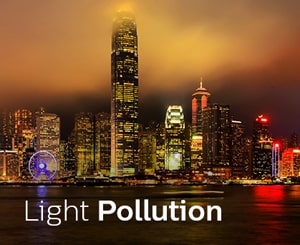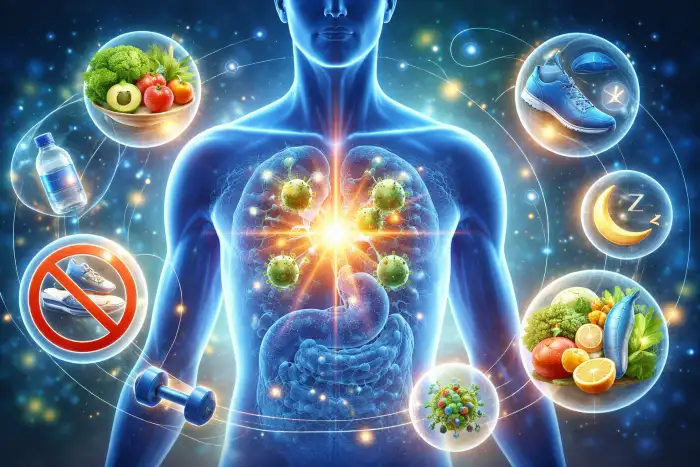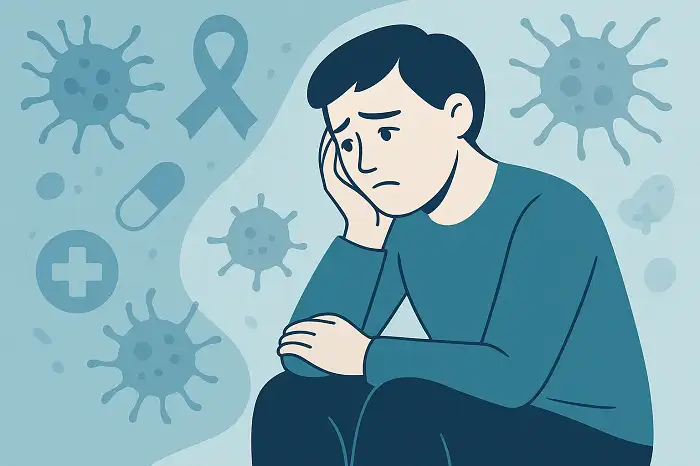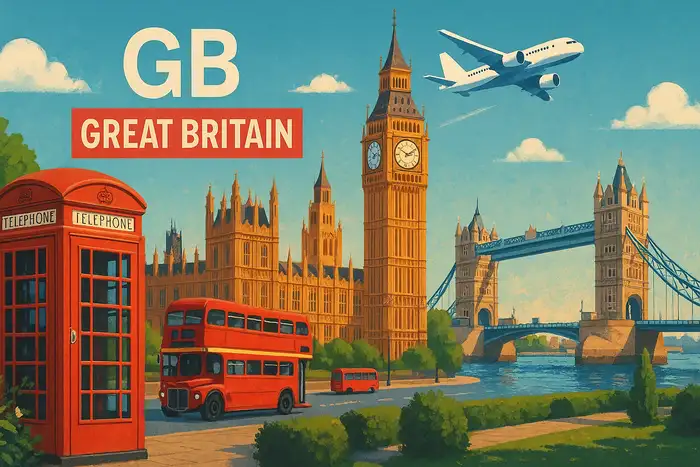Light pollution practice reading and listening Light pollution practice reading and listening for IELTS & TOEFL https://www.youtube.com/watch?v=V_A78zDBwYE Electrical light bulbs The invention of the electrical light bulb,150 (one hundred and fifty) years ago, was one of the most transformative milestones in history. This new form of light, artificial light, brightened and made safe once dark streets, prolonged waking hours into the evening, and brought electricity into homes for the very first time. Today, this glow has grown, but at a cost. What is light pollution? Light pollution is the over-illumination of cities and night skies by artificial lighting. It's caused ...
Home » English Documentaries with Transcript » Light Pollution – Practice Reading and Listening for IELTS

Light Pollution – Practice Reading and Listening for IELTS
Updated: by Mahsa Mohammadi
Time to Read: 4 minutes | 450 Views | 9 Comments on Light Pollution – Practice Reading and Listening for IELTS



Artificial lights like every other things have both advantages and disadvantages. Some of the main disadvantages are as follows:
1- Disturbing wildlife especially disrupting the nocturnal pattern of see turtles.
2- Compromising the human well-being leading to sleep deprivation and worse than that eventuating in cancer.
3- Complicating the problem of day to day increae of global warming by consuming more fossil fuels and emmitting more carbon dioxide into the atmosphere.
Thank you so much. It was so elaborate.
Generally, we say artificial light (singular)
See turtles = sea turtles
1_ lights make you harder to sleep.
2_ coil and oil are getting waist of electricity and this is not good for us.
Light makes it harder for you to sleep.
Coal and oil are wasted away / burned out to produce / make electricity.
Light pollution can lead to a variety of disasters. Please mention 2 of them stated or not stated in the documentary. (2 items for each one of you)
Light pollution can disturb sleep cycle and also billions of dollars worth of coal or oil which are burned to produce electricity will be wasted. It can also lead to fatigue and stress and headaches.
Thank you so much.
Feedback:
… lead to fatigue, stress, and headaches. (punctuation marks)
Light pollution
The invention of the electrical light bulb,150 (one hundred and fifty) years ago, was one of the most transformative milestones in history. This new form of light, artificial light, brightened and made safe once dark streets, prolonged waking hours into the evening, and brought electricity into homes for the very first time. Today, this glow has grown, but at a cost.
Light pollution is the over-illumination of cities and night skies by artificial lighting. It’s caused by the abundance of light sources emitting light outside of an intended direction. Several types of light pollution exist, including glare, which is a disruptive light that shines horizontally, light trespass, the unwanted shining of light onto nearby areas, and sky glow, a halo over inhabited areas caused by the scattering of light particles.
No matter what form light pollution takes, each can have unintended, yet harmful impacts. Wildlife, particularly sea turtles, have had their nocturnal patterns disrupted. The turtle hatchlings’ instinct to follow the light of the moon in order to reach the sea is intercepted by the light of inland cities. Because of this, many never find their way to the ocean. Humans’ well-being is also compromised by light pollution. The excess light can overwhelm photoreceptor cells in the retina, damaging one’s eyesight. Plus, it disrupts natural sleep cycles, and causes sleep deprivation, leading to a number of health problems, possibly including cancer. Light pollution also results in the production of additional carbon emissions. Each year, potentially billions of dollars worth of coal or oil which are burned to produce electricity are wasted on unnecessary light.
Over the past several decades, light pollution in north America has increased an estimated six to ten percent each year, a rise fueled by growing populations, greater access to electricity, and increased urban development. Efforts have been made to help counter this rise in excess light, including the development of alternative energy-efficient light bulbs, and smarter directional lighting designs. These and other innovations will continue to refine this 150-year-old technology, artificial light, and optimize it for a brighter future.
Thank you for your perfect job!